The Feeling State Chart (McDonald, 2020) came about as a result of my work with therapy clients – though it is informed by Daniel Goleman’s emotional intelligence work (Goleman, 2020), Hawkins’s work on Power vs Force (Hawkins, 2002), and Carl Rogers’ work around congruence, emotional integrity, and empathy (Rogers, 1995a; 1995b).
So, I’ve produced this Feeling State Chart – that involves you considering how you feel and the way that it impacts on the outcome of your life as well as how you think. When we go back to the Biz Growth Clover®, the concept and framework, it’s quite clear that how we feel internally – which is different to ‘acting out on feelings’ – how we ‘emote’ and our ‘energy in motion’, or our emotional expression is different to our internal mentalisation and felt sense (Hawkins, 2002). The internal feelings you have and felt sense about your life impacts on you in ways you may not be able to imagine and often remains in your blind spot.
If we take the idea from the Johari Window, whereby we ALL have a blind spot, then perhaps, we cannot even begin to imagine how our internalised feelings of fear, shame, sadness, and grief impact on us and how we interact with others in the world (Apricot Training Management Ltd., 2013).
The Johari Window assists you to find your blind spots, shadow side and find out about what you don’t know about yourself (Apricot Training Management Ltd., 2013). The Feeling State Chart gives you some clues about what area/areas you may need to work on in your life that could support you to become more transcendent beyond your feeling state, to master your wellbeing, state of mind and capacity to provide whatever products or services you’re supplying to the world (Hawkins, 2002).
Here, in the Feeling State Chart – pictured, you can see how your feeling impacts on others, including yourself. For example, if you are self-sabotaging, you may be in a self-annihilation, or a low-feeling state. This will impact on others around you, because of your depressive being. In addition, how we feel and how we impact on others is intertwined with other people’s feeling states. In a concept of where often monkeys on one side of the world will copy other monkeys on another side of the world – despite not even having seen each other, our feelings and ways of beings dramatically impact on others even telepathically!
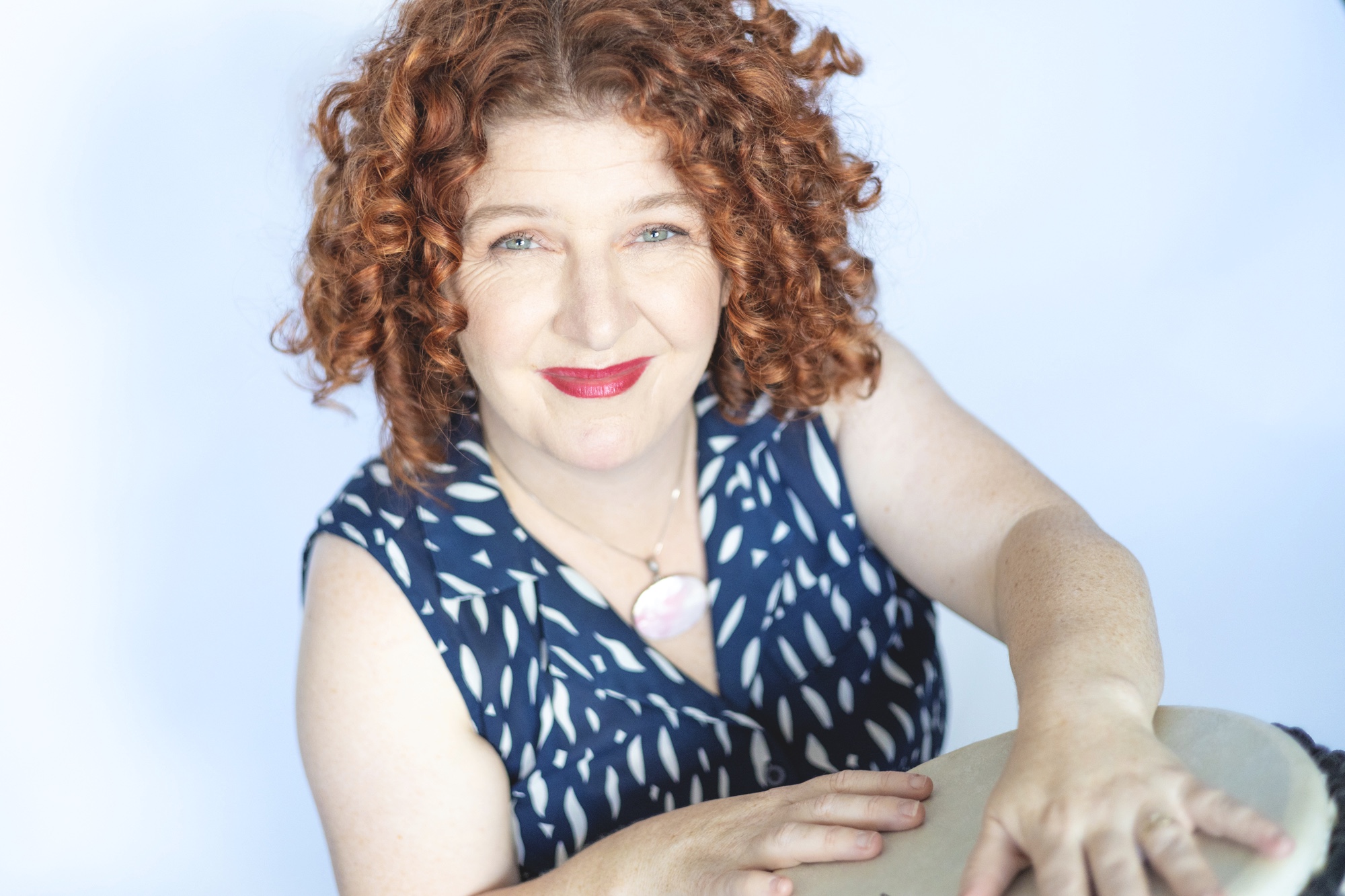
How self-compassionate and empathic we are towards ourselves, as well as others, can positively impact on the world around us (Hawkins, 2002). Many times, over, I’ve seen this to be the case with other people in my life and in my client’s lives. That means we ALL impact on each other’s feeling state even in the psychic realm.
This Feeling State Chart indicates the nature of how our negative sentiment impacts on ourselves and others and that there is a psychic threshold with how you hold yourself in the universe and this can determine the outcome of our life. This is not for one second saying that we ‘need to be positive’ about everything. It’s about the fact that as soon as negative creeps in, it’s more likely that sympathy, apathy and in turn numbness, depression and annihilation is then found and you can impact on your significant others and yourself in big ways.
So, what does this really mean for you? When you’re feeling low – even before things get bad – is the best time to seek counselling, coaching, or other support for your life, work, or business. As if it’s left too late, stuckness can ensue and it can be much harder to get yourself out of the deep hole.
Of course, if you’re having serious thoughts of suicide, or depressive episodes – PLEASE seek out support that you need in a timely fashion and go to your doctor, or other health care provider. Though, YOU CAN seek help early – and as the saying goes ‘a stitch in time saves nine’.
If you’re reading this blog and feeling terrible, please, don’t feel bad – it is NEVER TOO LATE to seek help and support. There is help there for you at any stage of the feeling state that you may be in.
References
Apricot Training Management Ltd. (2013). Understanding the Johari Window model. Self Awareness. Retrieved from https://www.selfawareness.org.uk/news/understanding-the-johari-window-model
Goleman, D. (2020). Emotional intelligence: Why it can matter more than IQ. 25th anniversary edition. London, UK: Bloomsbury Publishing.
Hawkins, D. R. (2002). Power vs. Force: The hidden determinants of human behavior. New York, NY: USA: Hay House.
Rogers, C. R. (1995a). A way of being: The founder of the human potential movement looks back on a distinguished career. Boston, MA: USA: Houghton Mifflin Harcourt.
Rogers, C. R. (1995b). On becoming a person: A therapist’s view of psychotherapy. Boston, MA: USA: Houghton Mifflin Harcourt.

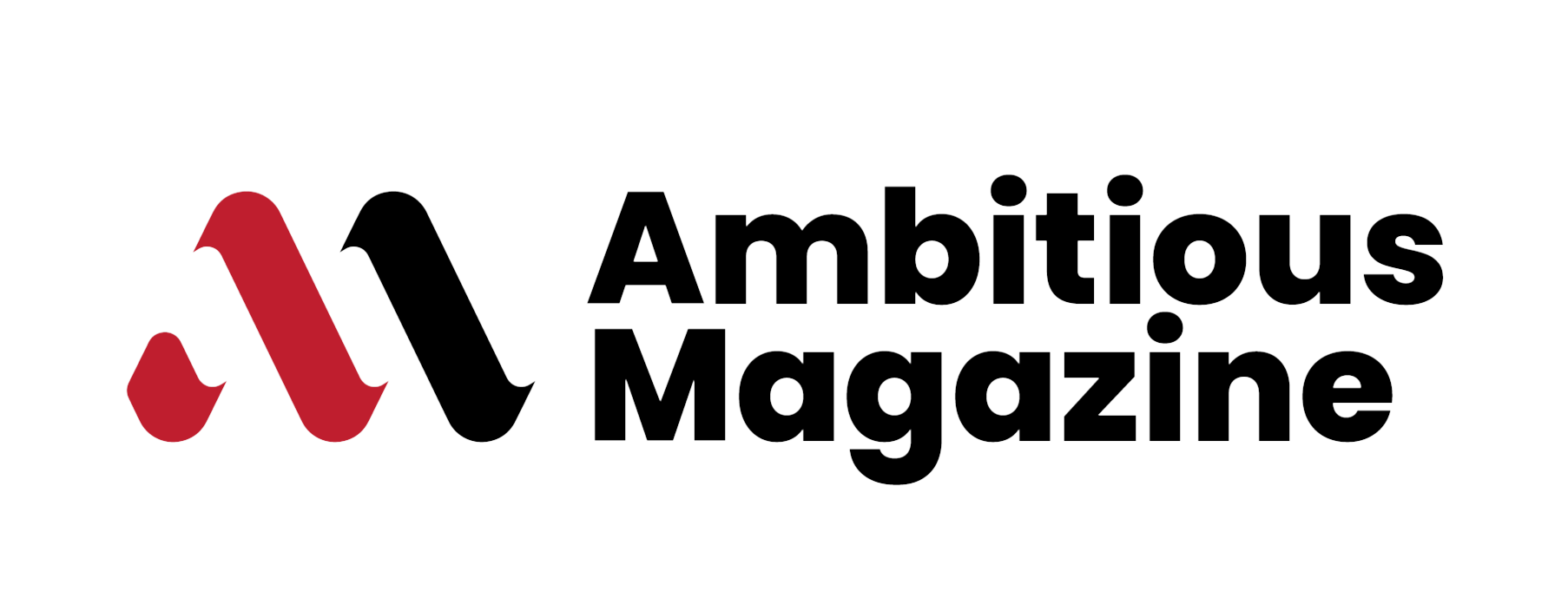
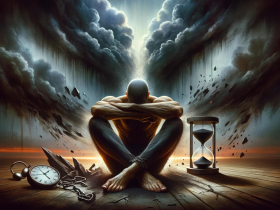
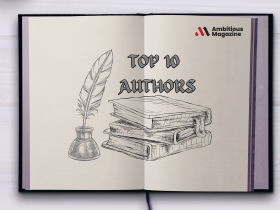


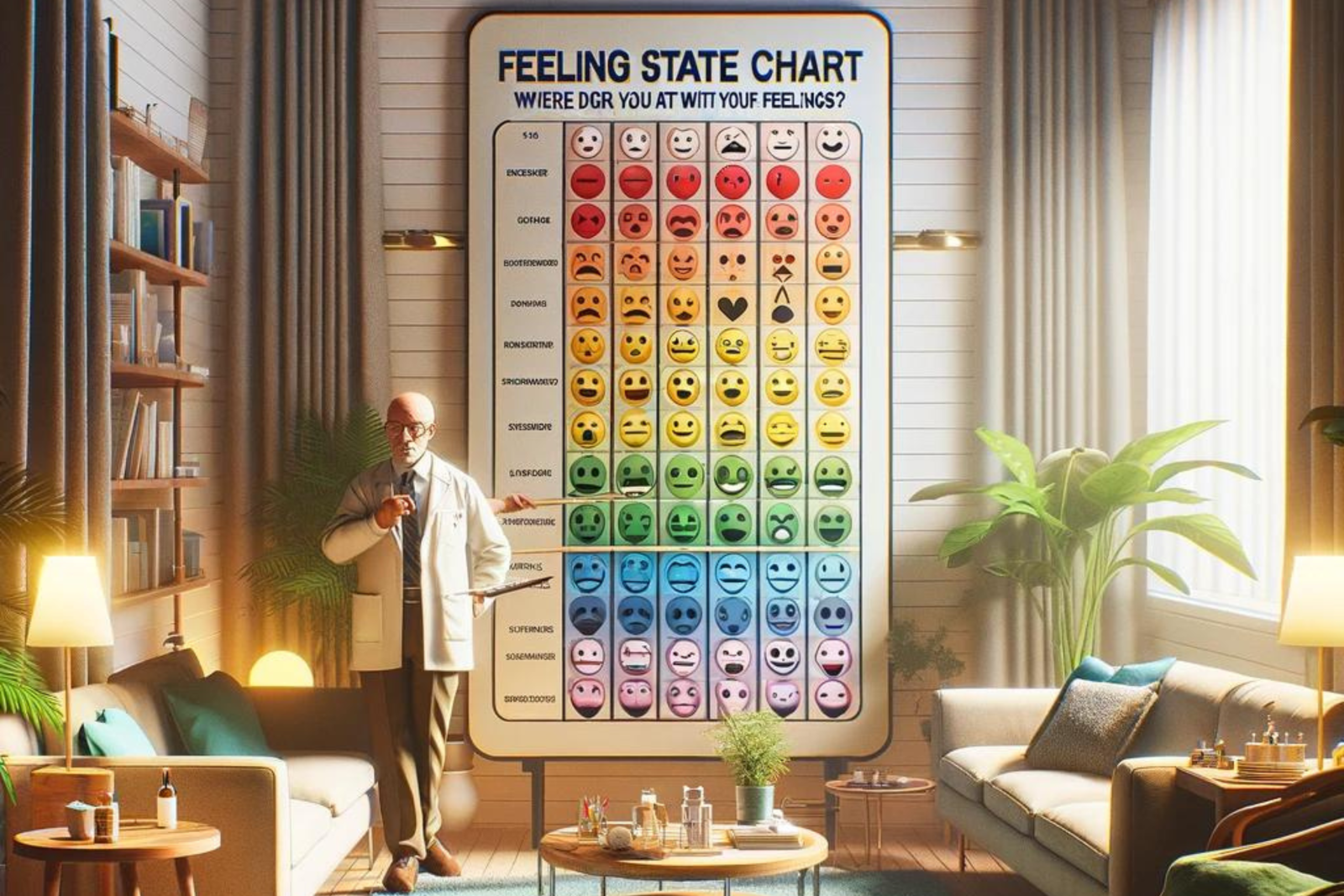






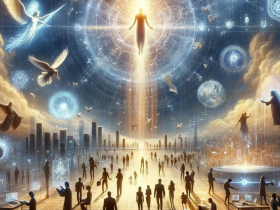

Leave a Reply